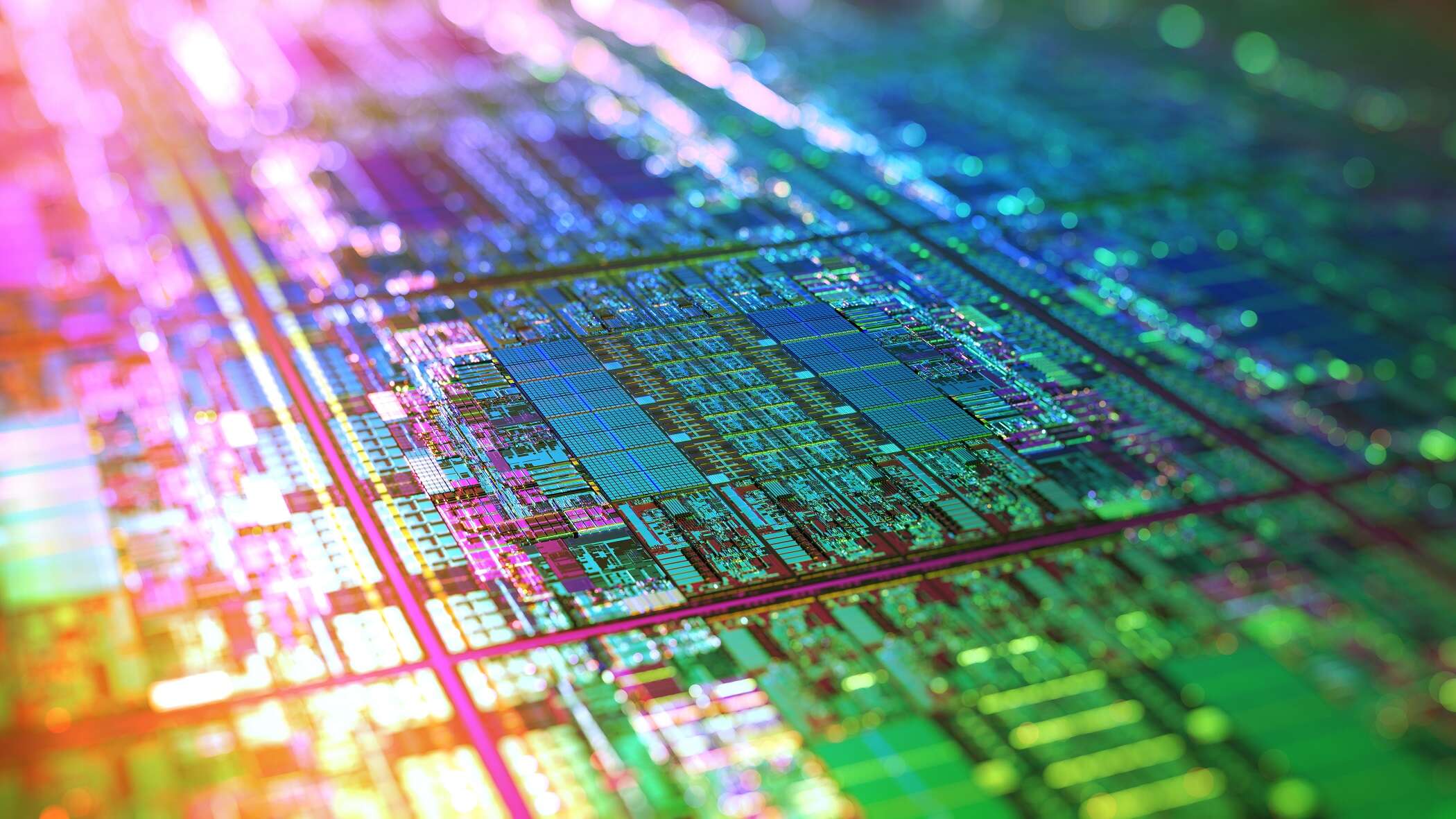
Competition is hotting up among chip companies seeking to access the next-generation capabilities being developed by the world’s leading chip manufacturer, TSMC. Conflicting reports have suggested both Intel and Apple will be the first major customer for the cutting-edge 3nm production process, but it is more likely the Taiwanese company will try and hedge its bets and keep everyone happy.

TSMC is one of only two companies in the world, along with Samsung, capable of producing cutting-edge semiconductors, and as a result works with clients from around the world. Its new 3nm process node is due to come online next year, and last week reports surfaced that Apple, which launched its own chips in 2020, would be the only customer until the end of the year, with Intel locked out until 2024 at the earliest. This was contradicted days later by sources in China, which claimed Intel had struck a deal to secure most of TSMC’s 3nm capacity for its own chips.
Experts who spoke to Tech Monitor believe it’s more likely that TSMC will be keen to keep as many customers as possible happy, but that producers of graphical processing units (GPUs) could be the big losers, with Intel keen to grab a slice of this market.
What’s all the fuss about with 3nm?
Simply put, the 3nm process node – best understood as a manufacturing process – will allow TSMC to shrink the size of its semiconductors, meaning it is possible to get more transistors on a chip than ever before. This in turn means processors built using the technology will be faster and more efficient; TSMC says 3nm could potentially reduce chip power consumption by 25-30% while offering the same speed as its current 5nm process, or increase speed by 10-15% for the same amount of power as 5nm. The new process node could also grow transistor density by 33%. Currently, it is the only chip manufacturer that expects to have 3nm available next year.
Unsurprisingly, the chip companies all want to be the first to access this technology. Apple launched its first processor, the M1, last year, as it moves away from its previous supply deal with Intel and begins to produce custom silicon based on the Arm architecture. With no chip manufacturing capability of its own, it is reliant on TSMC to produce semiconductors in sufficient numbers to power its next generation of Macbooks and iPhones.
Conversely, Intel does have its own manufacturing capability, but has struggled to keep up with the latest advances in technology. Its 10nm products were beset with problems, and its 7nm chips, now known as Intel 3, have been delayed until 2023. Meanwhile rivals have long had 7nm products on the market.
As a result, new CEO Pat Gelsinger, who took over earlier this year, has shaken up the company’s manufacturing strategy, announcing that it would make more use of third-party manufacturers such as TSMC while it improves the technology available at its own foundries. “Gelsinger decided to tear off the Elastoplast and move away from exclusive in-house fabrication,” says Alexander Harrowell, senior analyst for advanced computing and AI at Omdia. “Intel needs to get product that’s competitive, and ideally better, than its rivals into the supply chain quickly. Intel 3 isn’t expected until Q3 2023, so this shaves a year off that timetable.”
TSMC 3nm process node: winners and losers
Though Intel currently produces some silicon with TSMC, it is not a big client of the Taiwanese company. As a result, Alan Priestley, vice president analyst at Gartner who covers the semiconductor industry, is sceptical that it would favour Intel over other customers when it comes to 3nm.
“The number of companies that need and want 3nm is pretty small and getting smaller by the day,” Priestley says. “It’s companies that need a lot of transistors at very low power. That means its processor companies, GPU producers and a number of start-ups that are producing specific AI chips.” A lot of these companies, Priestley says, are already TSMC customers using the 5nm process node. “They will want to move to 3nm when it comes on-stream,” he adds. “So it seems illogical to dedicate capacity to someone [Intel] who is not an established customer over all your established customers who want that capacity. It wouldn’t make business sense for TSMC to cut off its core clients.”
Harrowell says that while it could make sense for TSMC to have an “anchor tenant”, such as Intel, to help it scale the 3nm process, he believes the company can serve both Intel and Apple.
But GPU makers may find themselves down the queue. On Monday Intel revealed its first consumer graphics card, Intel Arc. It has also been showcasing a GPU for data centres, Ponte Vecchio, which is currently in development, and it is thought the company wants to produce GPUs for servers using TSMC 3nm. “I wouldn’t be so concerned about supply for Apple, as for either AMD or NVIDIA,” Harrowell adds. “I’ve seen suggestions that the Intel [3nm] product would be a GPU, which of course would compete with both.”






